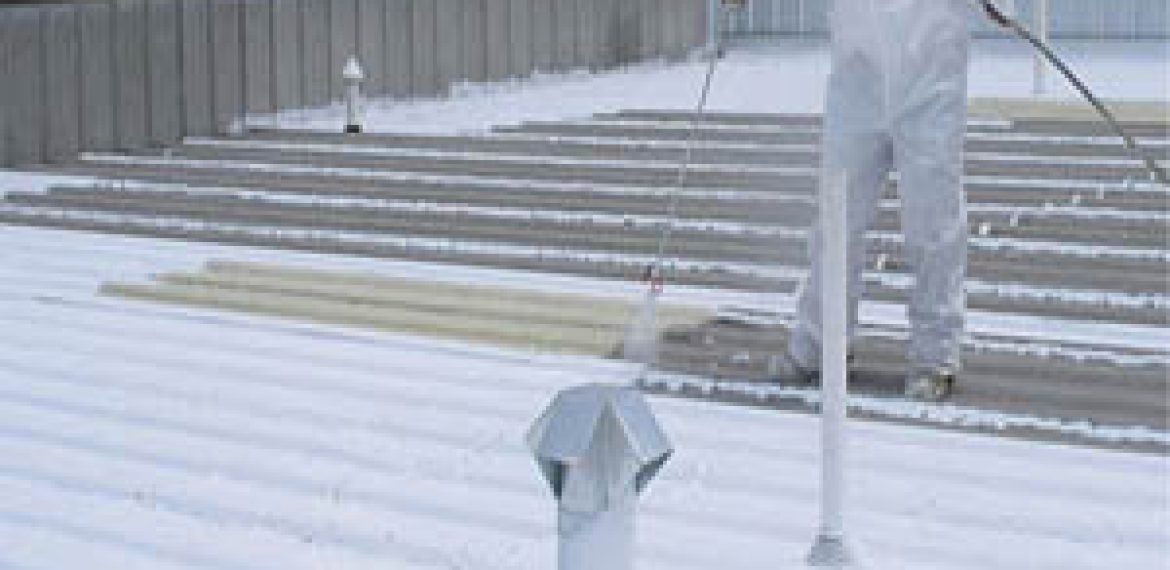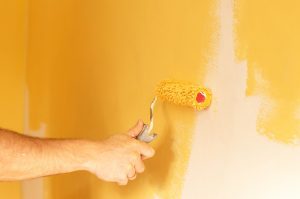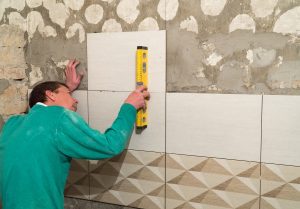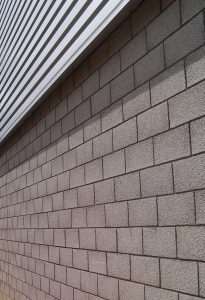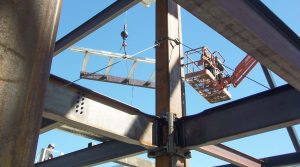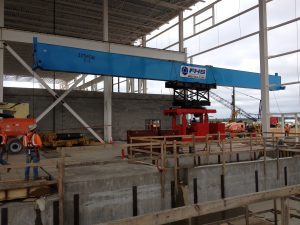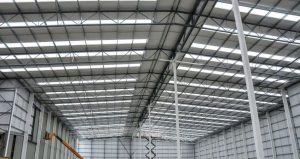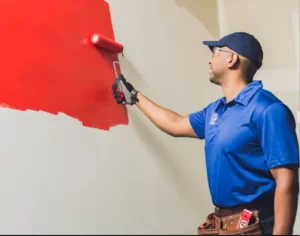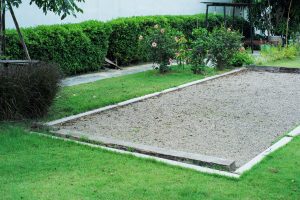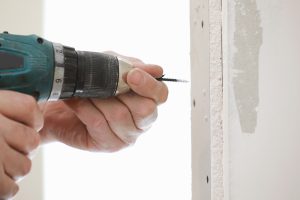To begin improving efficiency, it’s essential to focus on cutting energy use. Keeping in mind the need of conserving energy is crucial, especially when it comes to the use of internal heating.
By reducing heat absorption or loss via the building envelope, thermal insulation is an excellent strategy for conserving energy. Because of this improvement, heating and cooling systems may use less power to maintain a comfortable environment.
Walls, roofs, and floors all contribute to the thermal envelope, and by insulating them, you can keep the energy you produce inside your home while also increasing its thermal comfort.
Need for Thermal Insulation
The insulation in our home is one of the most crucial and efficient energy-saving components. Although most of us never give it a second thought, it works tirelessly behind the scenes to keep us comfortable and conserve energy.
Insulation prevents heat loss during the winter and heat gain during the summer. It’s so effective that a lot of people have started taking their comfort for granted.
Similarly, the insulation system enhances the effectiveness of the HVAC system. It reduces noise pollution, improves air quality, and saves money on utility costs by insulating our houses.
Among the primary motivations for homeowners to reevaluate their insulation is the desire to lower their monthly energy bills. Choosing an insulation system for a new house or an upgrade to an existing one is a major undertaking.
An investment in insulation may pay dividends for years to come in the form of lower utility bills and a cozier, more comfortable house.
Process of Heat Transfer
The ability of insulation materials to reduce radiation, conduction, and convection relies on the molecules that compose them. Heat is lost most significantly through ventilation systems in buildings. When air is moving, it transfers heat to anything it comes into contact with.
As the air moves faster, more water is displaced, the temperature difference between the heat source and the air increases, and heat loss increases.
The speed at which air is blown over a heating element determines how quickly that element will heat up. The presence of water droplets will speed up the process, while it is normally necessary to exert control over the water vapor saturation to prevent condensation difficulties.
What to Insulate?
Insulation is often placed in the spaces between framing in a wall or ceiling. Everything from the exterior walls and roof to the inner walls and floors, including the basement and the attic require insulation. Some of the areas include the following:
Generally, insulation is installed between the framing members in the home. Walls, ceilings, floors around the perimeter, basements, attics, and even interior rooms of the home.
- Exterior walls
- Dormer ceilings
- Knee walls of attic spaces
- Sloped walls
- Ceilings of attic spaces
- Perimeters of slabs
- Floors
- Crawlspace floors and walls
- Floors over spaces such as garages or porches.
- Floors over basements.
- Basement walls and roof
Take Away
Water contamination and gas migration inside the core matrix and the associated reduction in performance should be taken into account by the building designer when specifying insulation products since these issues might worsen over the lifespan of the structure if left unchecked.

